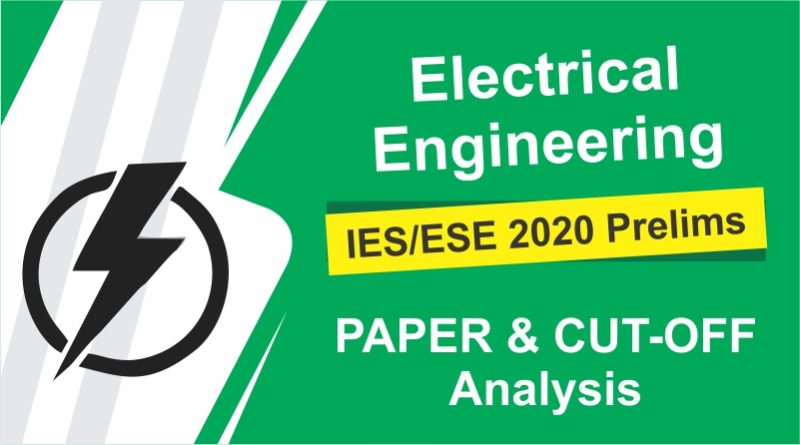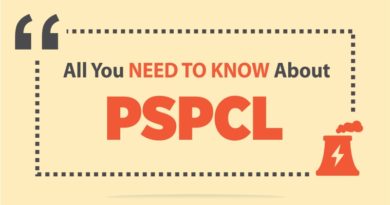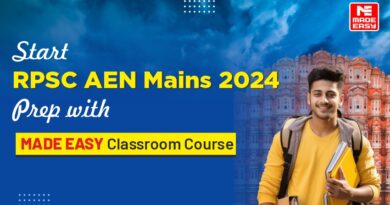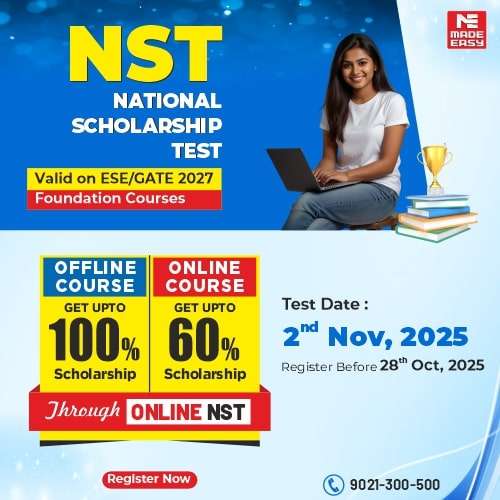UPSC IES/ESE 2020 Prelims | PAPER and CUT-OFF Analysis | Electrical Engineering
The Prelims stage of Engineering Services Examination (ESE) 2020 IES was conducted on 5th January 2020. The exam was conducted by Union Public Service Commission (UPSC) for the selection in Indian Engineering Services (IES). Mr. B. Singh, CMD MADE EASY, along with the Electrical Engineering faculties has analysed the question paper for the students. In this article, we will be sharing detailed review of the paper and what should be the future strategy for the students. The trend of the paper has been constantly shifting in the past few years. Leaving any portion of the syllabus can cost heavily in this scenario.
Now let’s discuss about the subject wise analysis of Electrical Engineering of ESE 2020 Prelims paper:
Engineering Mathematics: There were 12 questions asked in this section similar to the last year. The questions in this section were tougher than the last year’s paper. Out of 12 questions, 9 are moderate and 3 were difficult. This is an important subject for the students of Electrical Engineering as this is asked both in Paper-1 and Paper-2.
Network Theory: Only 7 questions were asked this year as compared to 12 last years. The questions were easier this time with more focus on the fundamentals of the subject… Read More >>
Signals & Systems: The number of questions has remained the same as compared to the last year as 12 questions were asked this year. The questions were of easy level. One could solve all the questions easily barring 1-2 questions which were quite lengthy.
Power System: The number of questions asked was 12 compared to 14 last years. The questions were on the easier side and they were straightforward in nature.
Power Electronics: There were 10 questions asked from this section. The students who have done the classes properly will be able to solve these questions easily. The questions were relatively easy.
Measurement: This year 12 questions were asked. Most of the questions were theoretical. The students who have made proper notes in the class will be able to solve these questions properly.
Communication: Despite not being a core subject, the number of questions has increased from 7 to 10. The questions were on the difficult side. Four questions were very difficult and the rest were of moderate level.
Analog Electronics: There were 17 questions compared to 12 last years. Four questions were a bit difficult. There were more theoretical questions.
Microprocessor: Last year, 6 questions were asked from this subject. This year there were 3 questions in the paper. The questions were very basic and the students from the classroom will be able to solve them with comfort.
Digital Electronics: This year only 3 questions were asked as compared to 6 questions asked last year. The questions were very basic and there is no special preparation is required for this. Classroom notes are more than enough to tackle this section of the paper.
Control System: The number of questions remained the same as compared to the last year. The questions were mainly theoretical in nature. The questions were quite easier.
Electrical Machines: This time a very balanced paper was asked in this subject. 14 questions were asked. The questions were evenly distributed across all the topics.
Computer Fundamentals: This time 8 questions were asked. All the questions were evenly distributed and all were conceptual in nature. This is a subject where you can take an edge from other students if you study at MADE EASY. The questions were on the easier side.
Material Science: This year there were 11 questions as compared to 14 questions asked last year. The questions were relatively easy and 9 out of the 11 questions were very easy. Huge weight age was given to the Magnetic Properties of Materials.
Electromagnetic Field Theory: There were 6 questions asked from this section. Overall the questions were moderate and students can easily answer the questions.
If we take a comprehensive overview of the question paper then, the paper was more on the easier side. To get a more in-depth analysis of the paper and success strategy from Mr. B. Singh, please watch the video given below:
- UPSC ESE/IES Prelims 2020 (Electrical Engineering) analysis and expected cutoff
- UPSC ESE/IES Prelims 2020 (Civil Engineering) Analysis and Expected Cutoff
- UPSC ESE/IES Prelims 2020 (Mechanical Engineering) analysis and expected cutoff
- UPSC ESE/IES Prelims 2020 (E&T Engineering) Analysis and Expected cut-off
- UPSC ESE/IES Prelims 2020 Paper-1 (GS and Engineering Aptitude) Analysis
For in-depth analysis of cut-off and answer keys, read the article given below:
IES/ ESE 2020 Prelims Exam Answer Key and Detailed Solutions
Dear Aspirants,
Your preparation for GATE, ESE, PSUs, and AE/JE is now smarter than ever — thanks to the MADE EASY YouTube channel.
This is not just a channel, but a complete strategy for success, where you get toppers strategies, PYQ–GTQ discussions, current affairs updates, and important job-related information, all delivered by the country’s best teachers and industry experts.
If you also want to stay one step ahead in the race to success, subscribe to MADE EASY on YouTube and stay connected with us on social media.
MADE EASY — where preparation happens with confidence.

MADE EASY is a well-organized institute, complete in all aspects, and provides quality guidance for both written and personality tests. MADE EASY has produced top-ranked students in ESE, GATE, and various public sector exams. The publishing team regularly writes exam-related blogs based on conversations with the faculty, helping students prepare effectively for their exams.





